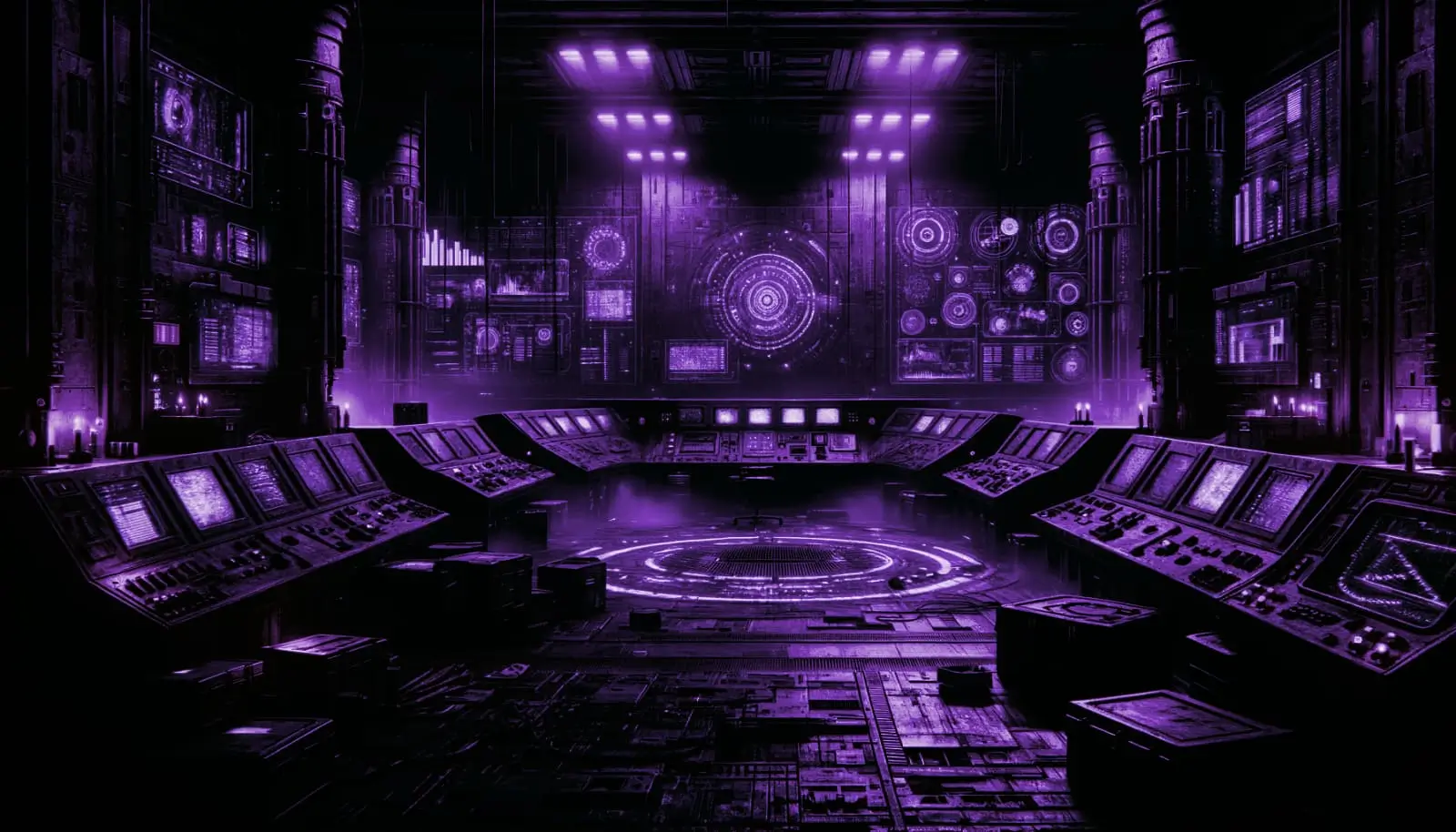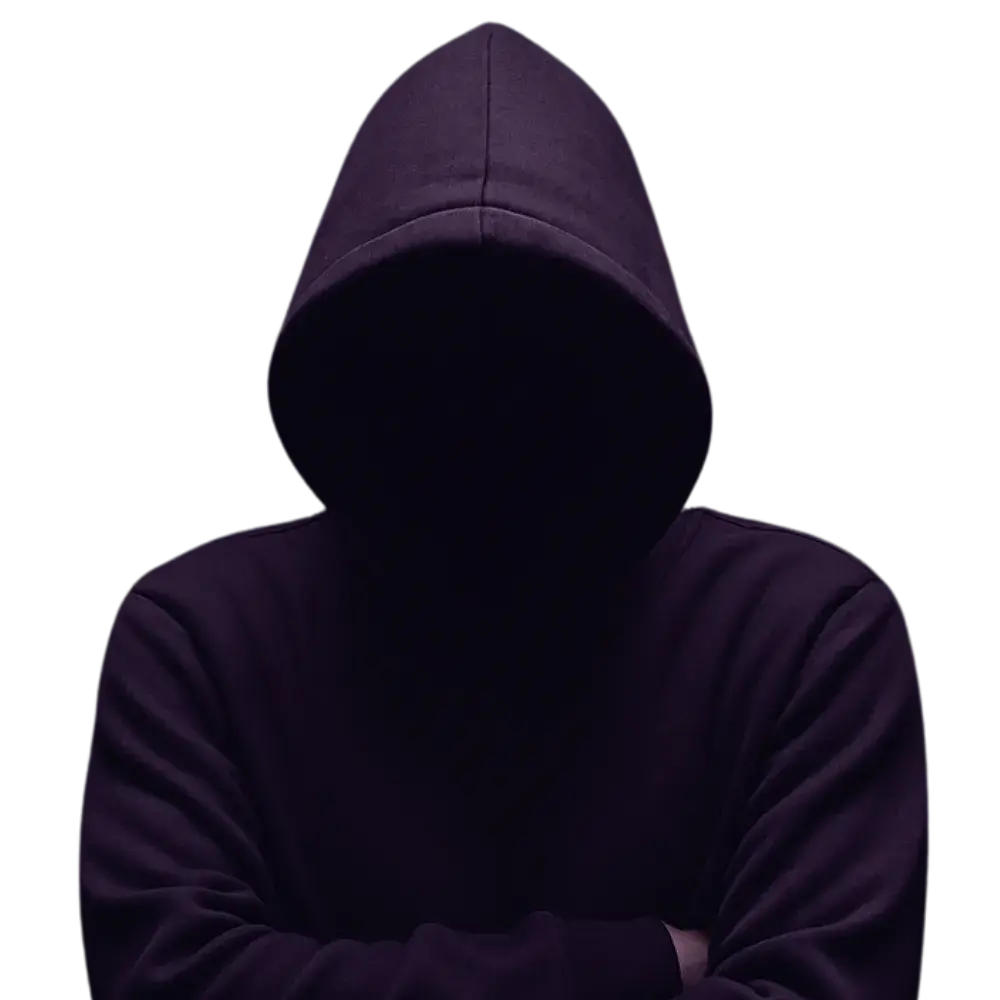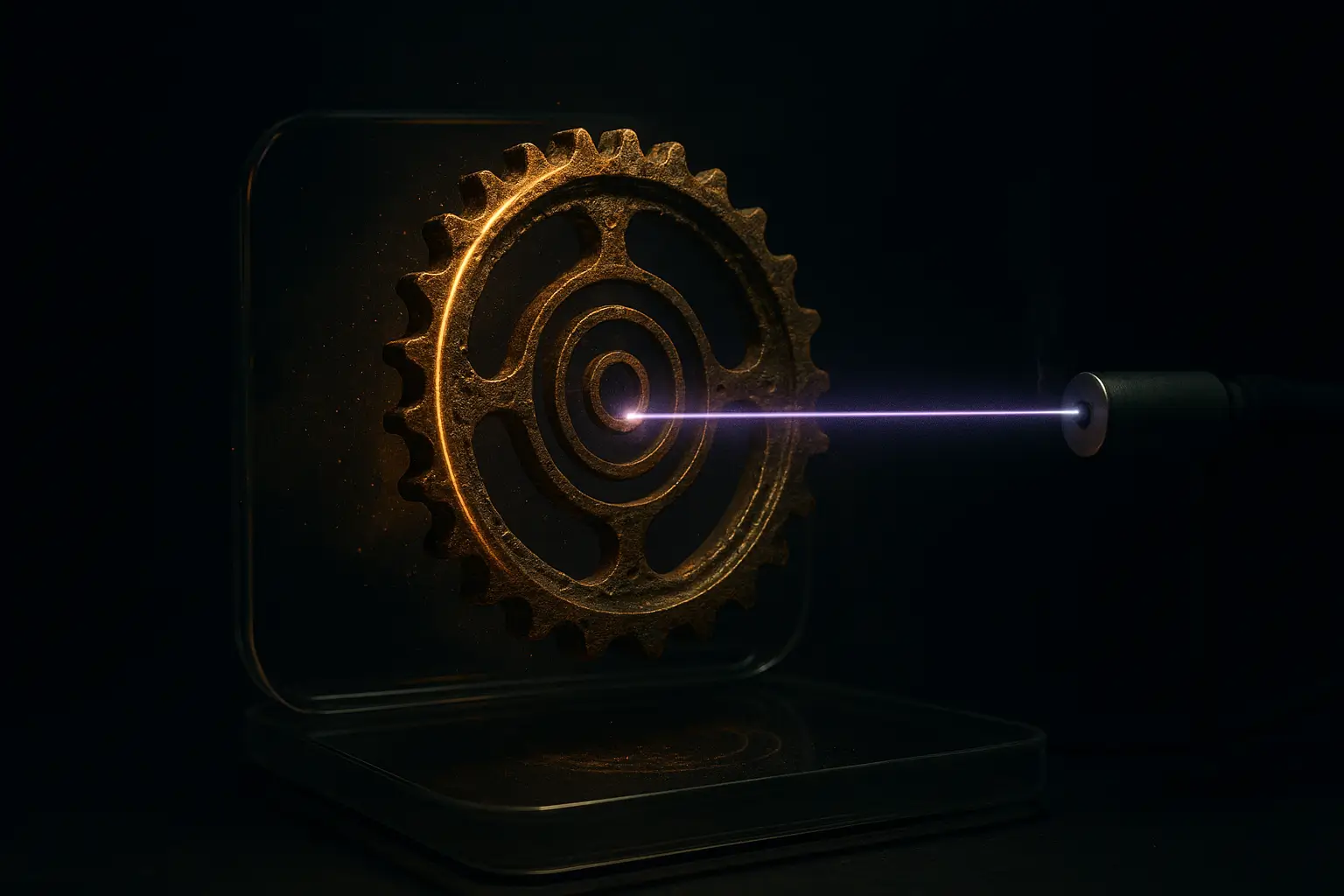Lost Technologies: Inventions Forgotten by Time
Lost technologies shatter the veil of history as forbidden inventions resurface, challenging the boundaries of reality with secrets time couldn’t bury.
In the shadowy recesses of a forgotten library, dust particles dance like ancient memories disturbed by a cautious footstep. A flickering light bulb sways overhead, casting erratic shadows upon rows of neglected texts. Between the shelves, whispers of long-gone secrets echo, hinting at a reality woven with forgotten inventions. These are the stories buried beneath the weight of time and neglect, waiting for someone brave enough to pry them open. Somewhere in this neglected vault lies the key to unlocking the lost technologies that civilization has long abandoned—yet never truly forgotten.
The air is heavy with an unspoken promise, a tension stretching through the quiet corridors where the forgotten mingle with the obsolete. You stand at the precipice of discovery, drawn to a desk where a lone, aged tome waits with stories yearning to be told. The pages are brittle, their edges curling like leaves in autumn, and they reveal glimpses of mankind’s brilliance now enveloped in obscurity. This is the gateway to what they didn’t want you to know. And once you hear the whisper, it never stops. In research terms, lost technologies are documented or reputed inventions whose methods were not preserved, leaving behind scattered artifacts, press clippings, or rumors rather than reproducible instructions.
What the Video Adds (Quick Summary)
- Introduces Victorian-era inventor Elias Trumboldt and a device called the “Chronoscope,” alleged to project images from the past.
- Reports circulated claims of witnessing Cleopatra’s final moments and the fall of the Library of Alexandria, but no corroborated archival records verify such demonstrations.
- Mentions a purported memo excerpt (OS-17-5) and missing schematics and patents; as of 2025, no public patent filings or technical papers tied to Trumboldt are located in standard databases.
- Notes an anomaly: a photo timestamped 1865 allegedly filed in 1942, raising questions of mislabeling, later substitution, or forgery—none independently verified.
- Overall, the narrative remains unverified; available evidence consists of anecdotal accounts, fragmented journals, and unsourced quotations.
The First Disruption
The year was 1888, and an engineer named John Worrell Keely was said to have unlocked a force that defied orthodox physics. Keely’s apparatus, promoted as harnessing an “etheric” power, drew crowds and investors who imagined an energy revolution. Contemporary press accounts and subsequent critiques—many preserved in the Library of Congress’s Chronicling America newspaper archive—describe showy demonstrations, mounting skepticism, and later examinations that reportedly found concealed air lines in his workshop. As of 2025, public databases such as the USPTO’s Patent Public Search show no issued patent clearly documenting a Keely engine based on “etheric force,” and no reproducible technical record has surfaced in the National Archives catalogs. Within the study of lost technologies, Keely’s device stands as a cautionary case: a powerful story with fragile documentation.
“Upon examination of the device, it seems there were elements unaccounted for, leading to premature conclusions regarding its viability. All records relating to the construction and function of the machine are to be sealed immediately, per directive OS-17.”
Note: The “OS-17” directive above circulates without verified provenance. No matching directive is located in public repositories such as the National Archives catalogs or the CIA FOIA Reading Room; absent an artifact with provenance (file number, date, issuing office), it remains a purported memo.
The Cover-Up / The Silencing
As whispers about Keely’s invention spread, counter-narratives followed. Investors demanded proof, scientists requested methods, and newspapers alternated between awe and exposé. Over time, patents failed to appear, and reproducible results did not materialize. Claims of suppression persist but remain unverified; archives show that the more mundane forces of hype cycles, sunk costs, and reputational risk can erase reputations as effectively as any plot. For readers mapping how controversial research is remembered or forgotten, our Hidden History collection compiles similar episodes where extraordinary claims met institutional skepticism.
What endures are the fragments: clippings, circulars, skeptical editorials, and private letters. They trace a slow diminishment—from promise to controversy to footnote—leaving behind a silhouette more than a machine. In that silhouette, some see the outline of a breakthrough smothered; others see the classic arc of pseudoscience meeting controlled tests. Either way, the record is a reminder that the strongest claims require strong, accessible evidence.

Echoes of the Future
In a century defined by energy transition and data transparency, the ghost of Keely’s machine is less about a single contraption and more about how we vet extraordinary ideas. Records indicate that reproducibility, peer scrutiny, and clear provenance remain the only doors out of the labyrinth. At The Odd Signal, we track these fault lines—where the plausible meets the unverified—and examine whether tales of lost technologies can still inform modern labs without distorting the past. The lesson is simple: preserve the evidence, cite the trail, and test again.
Final Transmission
Amidst the static of history, the lost technologies linger like phantoms, urging us to listen—to remember what we’ve forgotten. They are the pulse of potential, waiting patiently beneath the veneer of progress, ready to reveal themselves to those who dare to seek.
To follow these echoes of innovation and secrecy, explore our evolving dossier of lost technologies whispering from the past, trace the editorial timelines inside the Hidden History catalog, or step into the site’s full archive to navigate what the record keeps—and what it won’t release.
Sources Unsealed
- Library of Congress, Chronicling America – Newspaper coverage on “Keely Motor” (1880s–1890s); contemporaneous reporting preserved for public review: https://chroniclingamerica.loc.gov/search/pages/results/?andtext=Keely%20Motor
- USPTO Patent Public Search – Official US patent database for verifying filings and issued patents (accessed 2025): https://ppubs.uspto.gov/pubwebapp/
- National Archives Catalog (US) – Records search gateway for technical reports, correspondence, and agency files (accessed 2025): https://catalog.archives.gov/
- Science Museum Group Collection – Victorian chronoscopes and precision instruments (contextual background on the term “chronoscope” as time-measuring devices): https://collection.sciencemuseumgroup.org.uk/search?q=chronoscope
- CIA FOIA Reading Room – Central repository for declassified materials; useful for provenance checks in claims of suppression: https://www.cia.gov/readingroom/
- National Security Archive (GWU) – MKUltra document briefing book (example of long-hidden programs surfacing through declassification): https://nsarchive.gwu.edu/NSAEBB/NSAEBB54/
- Cultural mirror (not evidence): H. G. Wells, “The Time Machine” (1895), Project Gutenberg edition – a period imagination of time viewing/travel: https://www.gutenberg.org/ebooks/35
Latest Declassified Signals
New drops every week. Dossiers, visuals, anomalies. Truth is never quiet.
They Don’t Want You to Know This
Join the society of the curious. Get early access to leaked findings, hidden knowledge, and suppressed discoveries — straight to your inbox, before they vanish.




